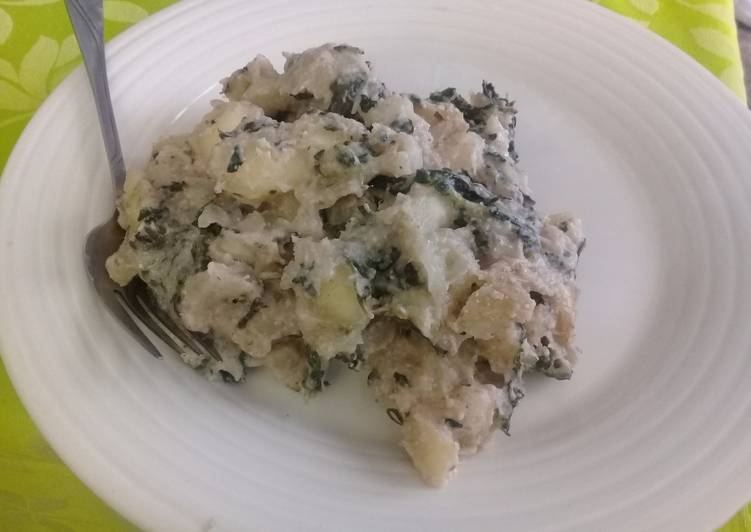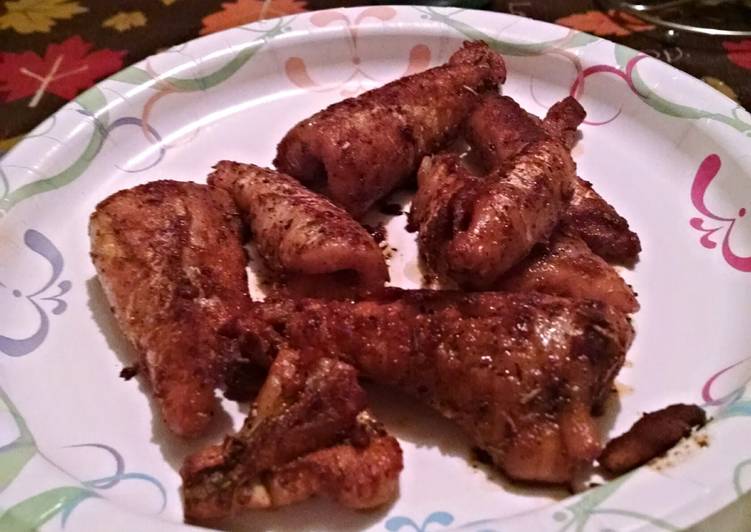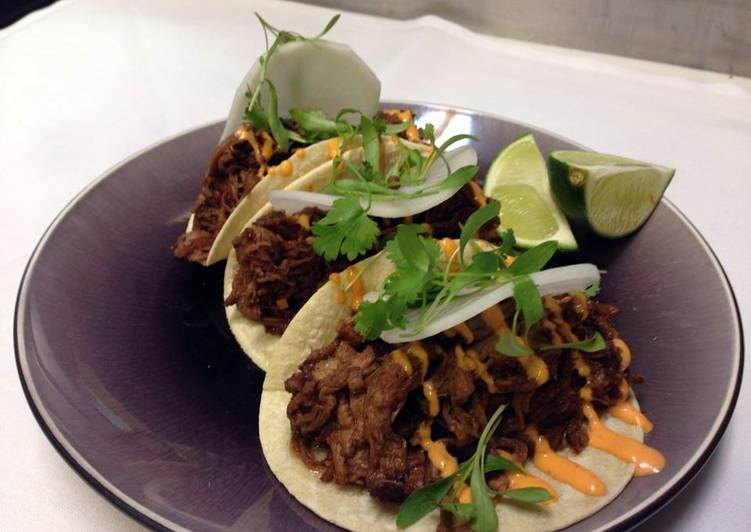
Hey everyone, hope you are having an amazing day today. Today, I will show you a way to prepare a special dish, xiguinha (cassava peanuts and nkanka). It is one of my favorites. For mine, I am going to make it a bit tasty. This is gonna smell and look delicious.
Xiguinha (Cassava peanuts and nkanka) is one of the most well liked of recent trending meals on earth. It is simple, it is fast, it tastes delicious. It’s appreciated by millions daily. They are nice and they look wonderful. Xiguinha (Cassava peanuts and nkanka) is something which I have loved my entire life.
See great recipes for Xiguinha (Cassava peanuts and nkanka) too! Place a layer of the boiled cassava tuber in the base of a large saucepan. Pour the coconut milk over the top.
To begin with this recipe, we must prepare a few components. You can have xiguinha (cassava peanuts and nkanka) using 5 ingredients and 3 steps. Here is how you can achieve it.
The ingredients needed to make Xiguinha (Cassava peanuts and nkanka):
- Take 4 peeled rinsed and diced cassava
- Take 6 handfuls of well cleaned wild leaves nkanka
- Take 3 litres water
- Get 2 cups ground peanuts
- Make ready 1 tsp salt and pepper to taste
This unique flour is simply the cassava root peeled, dehydrated, and ground. The result is a whole food-based flour that makes fluffy and delicious baked goods without the need for grains. Cassava or Yuca is one of the nutrient-dense root vegetables of South American origin. It's sweet, and nutty textured root is a favorite kitchen item in Cassava nutrition facts.
Instructions to make Xiguinha (Cassava peanuts and nkanka):
- Boil cassava with salt when tender add ground peanuts
- Stir when the water is low then add nkanka simmer for 5 minutes and mash it
- Ready to serve
Cassava (yuca or manioc) is a nutty flavored, starch-tuber in the spurge family (Euphorbiaceae) of plants. Cassava is today a primary calorie source in tropical regions around the world, and the sixth most important crop plant worldwide. Cassava, commonly called manioc or tapioca, is a domesticated species of tuber, and the sixth most important food crop in the world. The cassava must be cleaned and peeled, then finely grated or milled to break the cell walls and expose the starch. This mass is then washed in a large amount of water and the insoluble pulp is strained out and the starchy water reserved.
So that is going to wrap this up with this special food xiguinha (cassava peanuts and nkanka) recipe. Thanks so much for your time. I am sure you will make this at home. There is gonna be interesting food in home recipes coming up. Remember to save this page in your browser, and share it to your family, colleague and friends. Thank you for reading. Go on get cooking!


